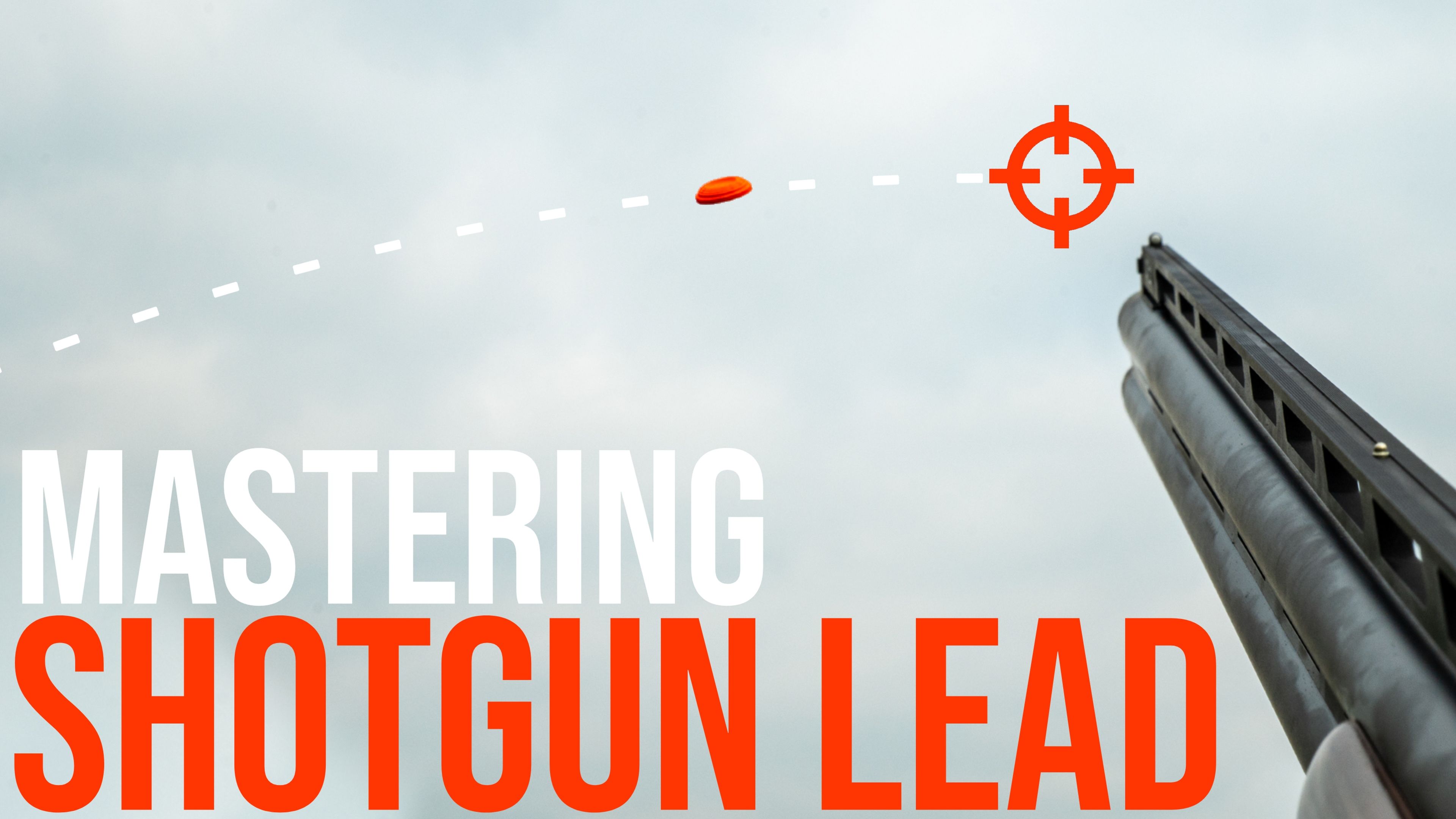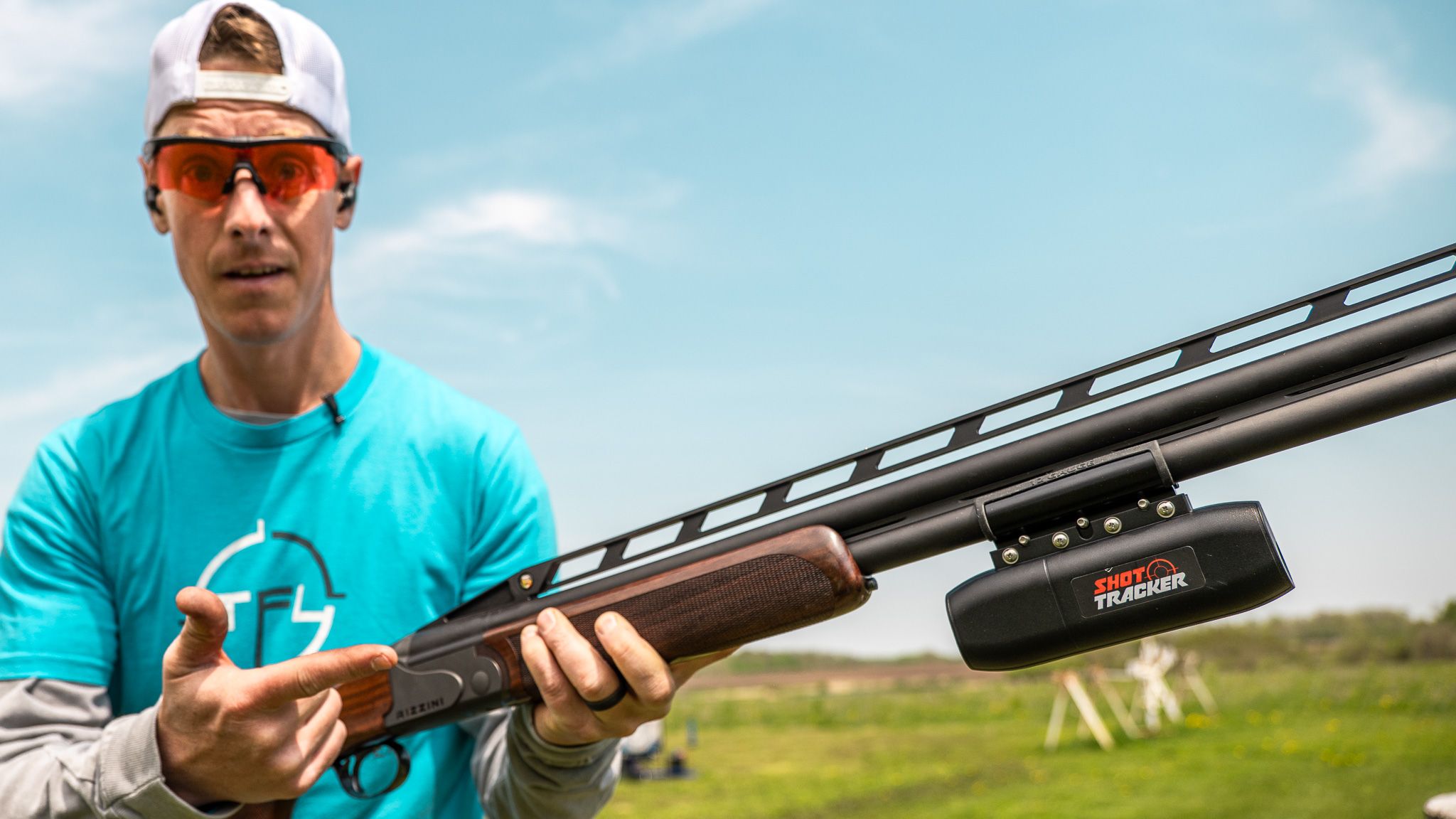Methods of Lead - Which One is Best? | How to Shotgun #10
Oct 12, 2023
Mastering Lead: The Art of Hitting Moving Targets
Shooting a moving object, be it a clay pigeon or a bird in flight with a shotgun is a thrilling experience. However, one of the most challenging aspects of shotgun shooting is understanding and mastering the concept of lead. It's a subject that often leaves beginners frustrated and perplexed, but it doesn't have to be that way. In this blog post, we'll delve into the world of lead, its misconceptions, and the various approaches you can employ to become a more accurate shooter.
The Basics of Lead
First, let's clarify what lead is. Lead is the distance in front of a target that your shotgun's barrel needs to be when you pull the trigger to ensure you hit the target. Imagine you're shooting at a moving object – if you place your barrel right on the target and shoot, you'll likely miss because the target keeps moving and the shot takes time to reach the target. Therefore, your barrel needs to be ahead of the target to account for this delay. The challenge lies in determining how much lead is required for different scenarios.
Debunking the Exact Measurement Myth
One common question among shotgun shooters is, "How much lead do I need?" People often want an exact measurement, such as 6 feet or 12 feet of lead, to be precise. However, shotgun shooting doesn't work that way. Lead is a highly subjective concept, with many variables such as gun speed relative to target speed. In addition, we all perceive distance differently, so even if you had a number, it would be a challenge to execute. Most importantly, if you had an exact number, you would try to measure, taking your eyes off the bird and looking at the bead, a perfect strategy for missing.
The Challenges of Determining Lead: Judging the exact distance of lead can be extremely tricky, even with visual examples. Visual perception varies among individuals, making it challenging to quantify lead in concrete terms. Instead of fixating on specific measurements, focus on mastering the different lead approaches through practice, and work on understanding how you're perceiving the bird when you finally hit it. Getting that sight picture locked in will make the lightbulb go off in regards to your lead.
Imagine a basketball player making a three-point shot. If you ask them how hard they had to push the ball, they can't give you an exact measurement. They rely on feel, not precise measurements. Similarly, shotgun shooters should focus on feeling the lead rather than trying to measure it precisely. Giving an exact measurement can be counterproductive because it may lead you to overthink and take your focus away from the target.
Instead of fixating on exact distances, let's focus more on how we approach our targets.
The Three Common Approaches to Lead
When it comes to mastering lead, you can explore three common approaches, each with its advantages and drawbacks. These approaches are:
1. Swing Through Method
This is a straightforward approach where you mount your gun behind the target, accelerate your gun's speed faster than the target, and then swing through the target as you're pulling the trigger. This is probably the most common lead that a lot of shooters will stick to naturally without even necessarily knowing it. This method is relatively simple but can be challenging for maintaining the right timing.
2. Pull Ahead Method
In the pull-ahead method, you mount your shotgun to the vicinity of the target and then accelerate in front of the target to attain the right amount of lead. This method offers more control over gun speed but can tempt your eyes to focus on your gun instead of the target.
3. Sustained Lead or Merger Method
This is Steve's most common approach to targets. He likes to call it the merger method because you're not mounting behind, or to the bird like the prior two methods. Rather, you're starting with your gun barrel closer to the suspected target break area, and mounting into your lead. Don't mount to the bird, or behind the bird, merge your barrel with the flight path of the bird and mount into the lead. This is a great strategy as it minimizes gun movement, and gets your shot in the vicinity of the bird sooner.
All three methods have their time and place, and what works best can vary from shooter to shooter. The key is to practice and become familiar with all three to determine which one suits your style for different scenarios.
Practicing Shotgun Lead: To improve your lead shooting skills, practice is key. Start by setting up crossing shots at various distances, beginning at shorter ranges and gradually working your way out. Experiment with all three lead approaches and discover what works best for you. Ensure you maintain good footwork, hold points, focal points, and breakpoints while practicing. If you are having trouble consistently getting birds while trying to understand lead, a good trick that we've used on students before is telling them to miss in front of the clay on purpose. 9 times out of 10 when they're consciously trying to miss ahead of the bird, they'll hit it, and immediately understand what this whole lead thing is all about.
The Role of Coaching: Seeking guidance from a knowledgeable coach or experienced shooting buddy can significantly accelerate your progress. They can provide feedback and help you identify areas for improvement, ultimately honing your lead-shooting skills.
In conclusion, mastering lead in shotgun shooting is more about feel and practice than precise measurements. By understanding the different lead approaches, practicing diligently, and staying focused on the target, you can become a more accurate and confident shooter. So, get out there, hone your skills, and enjoy the thrill of hitting moving targets. Happy shooting!
Whether you're in the field or in life, you'll only hit the shots you're laser-focused on, so live target-focused!










